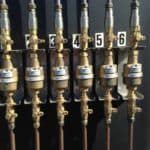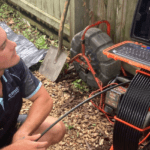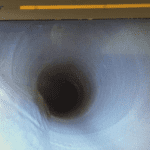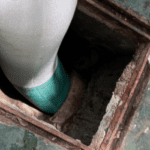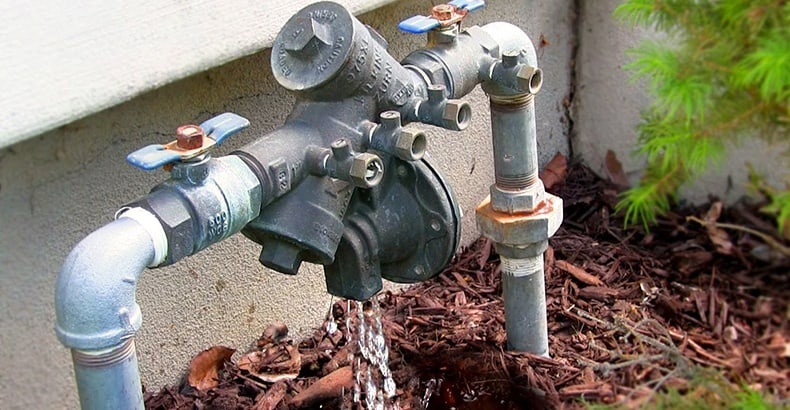
Wondering what your responsibilities are when it comes to backflow device maintenance on your property?
Australia really is the lucky country. In major population centres, our water sanitation systems are among the safest and most reliable in the world, allowing us all to use water for drinking, cooking and cleaning without worrying about getting sick. Our high water quality is partly the result of the regulations Australia has in place for water backflow prevention.
While backflow testing and maintenance should always be completed by an endorsed backflow plumber, it’s important for property and business owners who have devices on their property to understand the importance of backflow prevention, as well as their responsibilities under the law.
What is Backflow?
Backflow is when potentially contaminated water reverses its flow. When this water flows backward, it may mix with potable water, which can cause water-borne illnesses.
What causes backflow?
There are two likely reasons for backflow to occur: back pressure and back siphonage. Back pressure can occur when downstream water pressure rises above the supply pressure. This can happen due to pumps, elevation, or a combination of other effects.
Back siphonage can occur under conditions where a substantial amount of water is drawn from the main. This can happen during events like a burst pipe or when firefighters connect to the main for putting out a fire. The large volume of water can create a vacuum in the system which causes outbound, potentially contaminated water to flow the wrong way.
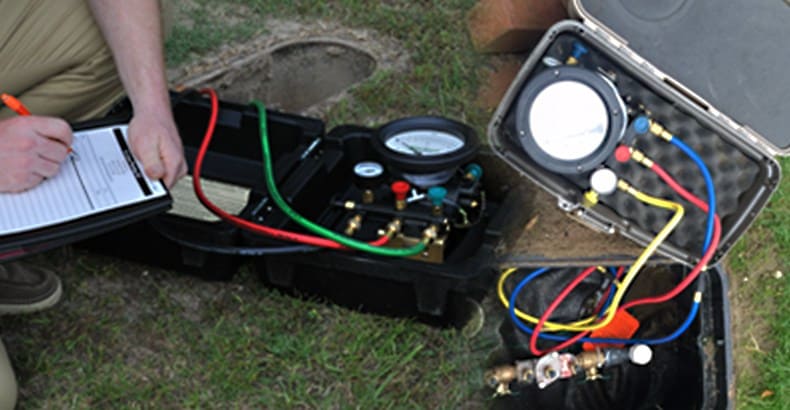
How is backflow prevented?
To prevent backflow, backflow prevention devices are installed. Backflow prevention devices tend to work using combinations of valves to stop water flowing backward. These devices must be registered with your local government authority.
There are different types of backflow prevention devices, including:
- Reduced pressure zone
- Double check
- Single check
- Dual check.
The type of device fitted will depend on the level of potential risk. For example, businesses that produce highly contaminated water as a by-product of their activities will require more complex and reliable (and often more expensive) devices.
The devices can generally be categorised in two ways: testable and not testable. Reduced pressure zone, double check, and some single check valves are testable devices and must be tested annually by a certified plumber. The results then need to be forwarded to your local government authority. Non-testable devices do not need to be tested annually.
You might have a backflow prevention device if you have any of the following on your property:
- an irrigation system
- fire hose reels or fire hydrants
- commercial or industrial equipment or activities that could pollute the drinking water supply (such as air conditioning cooling towers or chemical cleaning areas)
- water outlets in proximity to pollutants, grease traps or chemicals
- an alternate water supply.
Why is Backflow Prevention Device Maintenance Important?
Backflow maintenance helps us protect our water system, so we can rely on it for clean water every day. Testing and maintaining backflow prevention devices is essential to maintain the high standards of water that many of us take for granted.
What Does Backflow Prevention Device Maintenance Involve?
Backflow prevention device maintenance involves a number of steps to make sure everything is working properly. Generally, you can expect an accredited plumber to:
- Check. Your endorsed backflow plumber will check your device for obvious signs of malfunction or degradation.
- Test. Your plumber will test the device to make sure it works properly. They will also complete the details on the test tag.
- Submit. Your plumber will submit the results of the test to the council within 10 working days.
- Maintain. If the device didn’t pass the test, your endorsed and certified backflow plumber will then complete any required maintenance. They will then retest and re-submit the results.
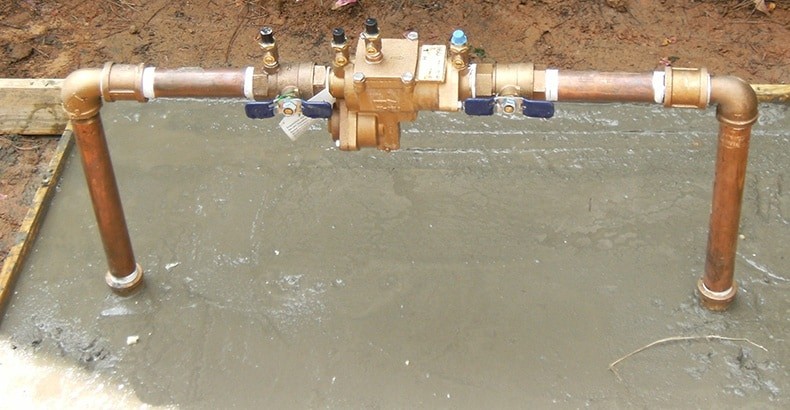
Who is Responsible for Organising Backflow Prevention Device Maintenance?
Under Queensland Government plumbing legislation, the owner of an installed testable backflow prevention device must make sure the device is registered with their local council and have the device tested annually by an endorsed backflow plumber. The device owner can be the property owner or the tenant. The owner or tenant is also responsible for paying for testing and maintenance.

